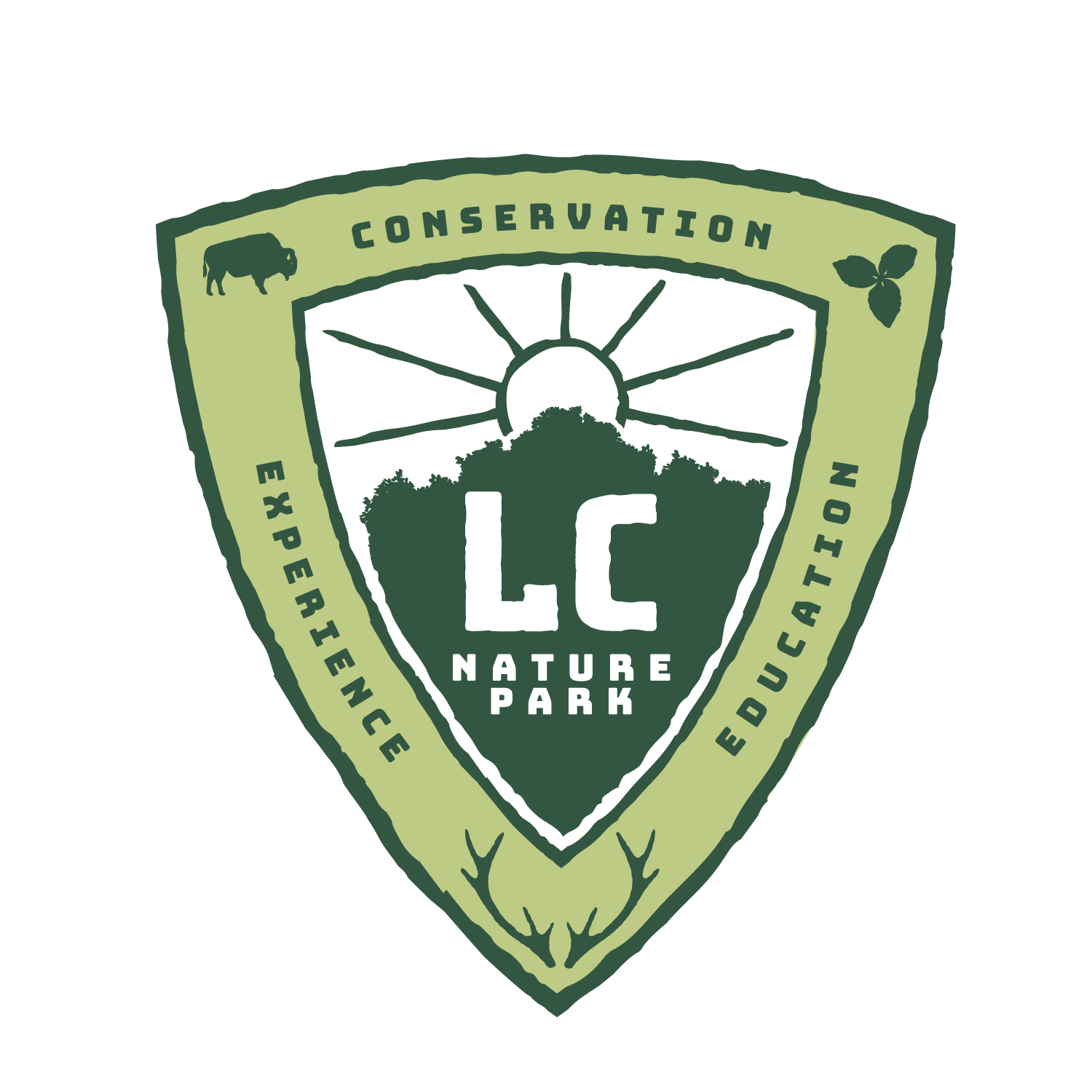The Prairie Bursts into Bloom!
A sea of bright yellow flowers blankets LC Nature Park as the tallgrass prairie reaches its peak summer bloom. Wild senna, rosinweed, and gray-headed coneflower stand more than four feet tall on the grassland where our elk and bison graze.
The colorful prairie is a restoration success story. Just over a decade ago, these fields grew corn and soybeans. After being acquired by LC Nature Park, an intensive restoration effort began on the property, and tons of native seeds were planted. The park now features more than 80 acres of restored tallgrass prairie!
You might enjoy the flowers, but our bison and elk seek out the nutritious native grasses that sprout in the restored prairie. These grazing animals keep the switchgrass, big bluestem, and Indian grass clipped short. The bison and elk don’t eat the flowering plants, so the senna, coneflowers, and rosinweed are left untouched to dominate the landscape.
There is one section of restored prairie that is not grazed by the animals – the Dune Prairie, on the western edge of the park. Here, the native grasses stand tall, because a fence separates this field from the bison and elk. Compare the grazed and ungrazed prairies on your next visit.
Before Allen County was settled, much of the landscape was forested. But “pocket prairies,” like those at LC Nature Park, existed in forest openings. Large expanses of prairie were not common in Allen County. These vast prairies were seen in western Indiana and beyond.
Fire is an important tool to maintain a healthy prairie. In a prescribed burn, trained staff intentionally set fires in designated areas and monitor the fires closely. Invasive plants and tree seedlings succumb to the fire, but the prairie plants, with their deep roots, sprout back to life within days. About 20 acres of LC Nature Park’s 80-acre prairie is burned each year.



